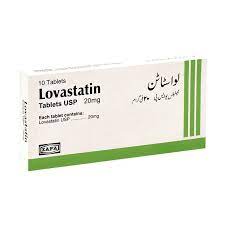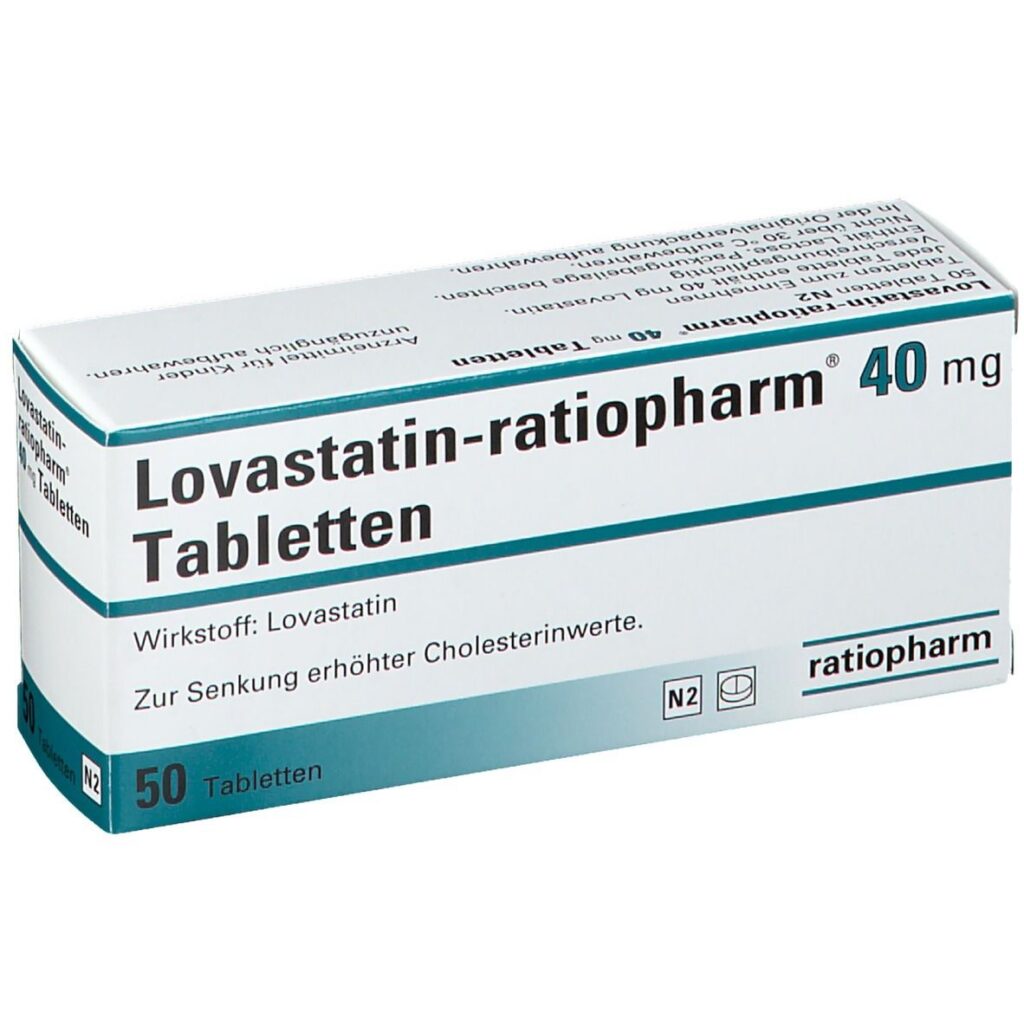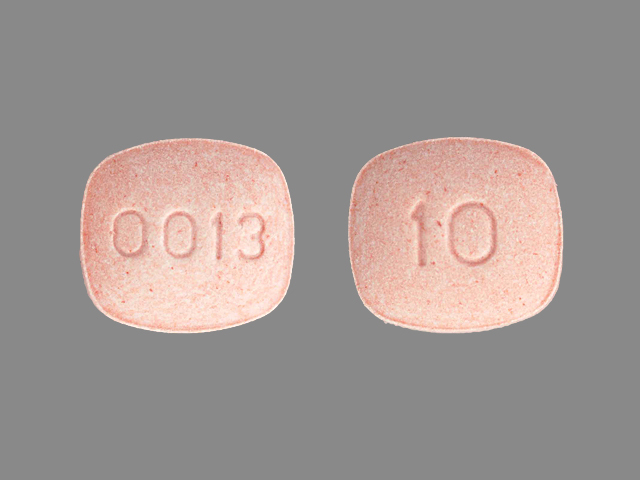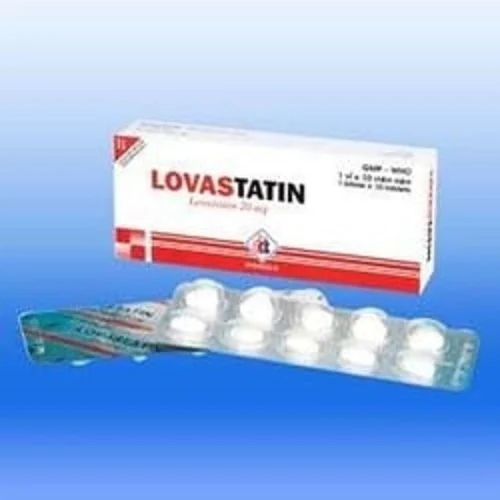Lovastatin is also sold under the brand name Mevacor. It is a drug called statin, an agent that lowers lipids. It is commonly given to help lower Cholesterol and the chance of heart disease. Lovastatin stops the enzyme HMG-CoA reductase from making Cholesterol in the liver. This stops the liver from making Cholesterol. It was found for the first time in the 1970s. It comes from a chemical found in a fungus called Aspergillus terreus. Was one of the first statins that were allowed for medical use. Now treats excessive Cholesterol. Plaque in the arteries from high Cholesterol can cause heart disease, stroke, and atherosclerosis.
What is Lovastatin?
Lovastatin is a drug that is in a group of medicines called statins. Its main use is to lower the amount of Cholesterol in the blood. Heart disease and other cardiovascular diseases are linked to high Cholesterol. Lovastatin stops the liver enzyme that stops Cholesterol from doing its job. Making the body make less Cholesterol helps lower the amount of Cholesterol in the body as a whole.
High Cholesterol can obstruct arteries and increase the risk of heart attacks and strokes. Lowering Cholesterol is important for this reason. It can help drop both low-density lipoprotein (LDL) cholesterol and triglycerides. LDL cholesterol is often called “bad” Cholesterol. High-density lipoprotein (HDL) cholesterol, often called “good” Cholesterol, can also increase slightly.

Raw Material of Lovastatin
- Aspergillus terreus
- Substrate
- Glucose
- Mineral salts
- Anti-foaming agents
- pH adjusters
- Sterile water
- Organic solvents
- Activated carbon
- Silica gel or resin
- Solvents for crystallization
- Excipients
Uses of Lovastatin
Lowering Cholesterol: Lovastatin is given to people with high amounts of low-density lipoprotein (LDL) cholesterol, also called “bad” Cholesterol. It works by lowering Cholesterol. It works by stopping an enzyme in the liver from making Cholesterol, which decreases the amount of LDL cholesterol in the blood.
Taking care of hyperlipidemia: Hyperlipidemia means the blood has an abnormally high amount of fats (lipids). It can successfully lower total Cholesterol, LDL cholesterol, and triglyceride levels while raising high-density lipoprotein (HDL) cholesterol, often called “good” Cholesterol.
Preventing Cardiovascular Diseases: Atherosclerosis, which narrows arteries, raises heart attack and stroke risk. Lovastatin lowers Cholesterol, preventing several heart conditions.
How to treat familial hypercholesterolemia: Familial hypercholesterolemia is a genetic disease that causes LDL cholesterol levels to be very high. It is often given as part of the treatment plan for this genetic issue to help control it and lower the risk of heart problems.
Combined dyslipidemia: A person with combined dyslipidemia has high amounts of LDL cholesterol and triglycerides. Lovastatin is a good choice for people with this condition because it can successfully lower both parameters.
Adjunctive Therapy: It is often used with changes to food, exercise, and other parts of a person’s lifestyle to lower Cholesterol and improve cardiovascular health. It is an important part of a full treatment plan for people with a high chance of heart disease.
Benefits of Lovastatin
Lowering LDL Cholesterol: Lovastatin’s main goal is to lower low-density lipoprotein (LDL) cholesterol, often called “bad” Cholesterol. Lowering LDL cholesterol levels helps stop arterial plaques from forming and lowers the risk of heart and blood vessel illnesses.
Increasing HDL Cholesterol: Lovastatin may also raise high-density lipoprotein (HDL) cholesterol, known as “good” Cholesterol. Heart disease is less likely to happen if you have a lot of HDL cholesterol.
Triglyceride Levels: it can help drop triglyceride levels, another type of blood fat. Heart disease is more likely to happen if you have a lot of triglycerides in your blood.
ALSO READ: The Law Of Reincarnation Raw | The Best Manga Web Series

How does Lovastatin work?
Lovastatin works by stopping an enzyme in the liver called HMG-CoA reductase from doing its job of making Cholesterol. Lovastatin decreases blood cholesterol by inhibiting this enzyme. High Cholesterol can block arteries and raise the risk of heart attacks and strokes. Lowering Cholesterol is important for this reason. Lovastatin can help drop both low-density lipoprotein (LDL) cholesterol and triglycerides.
LDL cholesterol is often called “bad” Cholesterol. High-density lipoprotein (HDL) cholesterol, often called “good” Cholesterol, can also increase slightly. Lovastatin with diet, exercise, and weight control. It is a nightly medication. The dosage may differ for each person, so it’s important to follow the directions given by a medical worker.
Potential Side Effects
Lovastatin is usually well-taken, but some people may have problems with it. Some common side effects are muscle pain, problems with digestion, headaches, and dizziness. Lovastatin can sometimes cause more serious side effects, like stomach problems or muscle damage. Talking to your doctor about any signs that worry you is important.
The Role of Lovastatin in Cholesterol Management
Lovastatin is often given to people with high Lovastatin or at risk of heart disease to lower their cholesterol levels. It is a statin, a type of medicine that stops an enzyme from making Cholesterol.
Dosage and Administration
The amount of Lovastatin, a person needs to take can change based on their cholesterol levels, medical background, and how well they respond to treatment. Most people take it once a day, usually with dinner, to get the most benefit from it. Taking the medicine exactly as your doctor or pharmacist tells you to is important.
Drug Interactions
Lovastatin might not work well with other drugs, such as antibiotics, antifungals, and drugs used to treat HIV. To avoid possible drug conflicts, it is important to tell your doctor about all the medicines you are taking.
Precautions and Warnings
Before you start taking Lovastatin, you must tell your doctor about any health problems, allergies, or bad responses to medicines you’ve had. It might not be good for people with liver or kidney problems, pregnant or nursing women, or people with muscle problems.



FAQs
Q: Lovastatin can be taken with or without food?
A: You can take Lovastatin with or without food. But it might work better if you take it with your evening meal.
Q: Is it safe to take Lovastatin while pregnant?
A: Pregnant women shouldn’t take Lovastatin because it could hurt the growing baby. If you are pregnant or planning to become pregnant, talk to your doctor about other choices.
Q: Can I drink booze while I’m on Lovastatin?
A: It is best to drink less alcohol while taking Lovastatin because drinking too much alcohol can make liver problems more likely.
Q: How long does it take for Lovastatin to drop Cholesterol?
A: Different people need different amounts of time for Lovastatin to lower their Cholesterol. It’s important to keep taking the medicine as recommended and get regular blood tests to check cholesterol levels.
Q: What do I do if I need to remember to take my Lovastatin dose?
A: If you forget to take a dose, take it as soon as you think about it. But if your next dose is coming up soon, you should skip the one you missed and keep taking your medicine as usual.
Conclusion
Lovastatin is a drug that is often prescribed to control cholesterol levels and lower the chance of heart disease. It lowers LDL cholesterol, raises HDL cholesterol, and controls triglyceride levels by stopping the body from making Cholesterol. But it’s important to take the medicine as recommended, be aware of possible side effects, and talk to your doctor about any worries.
